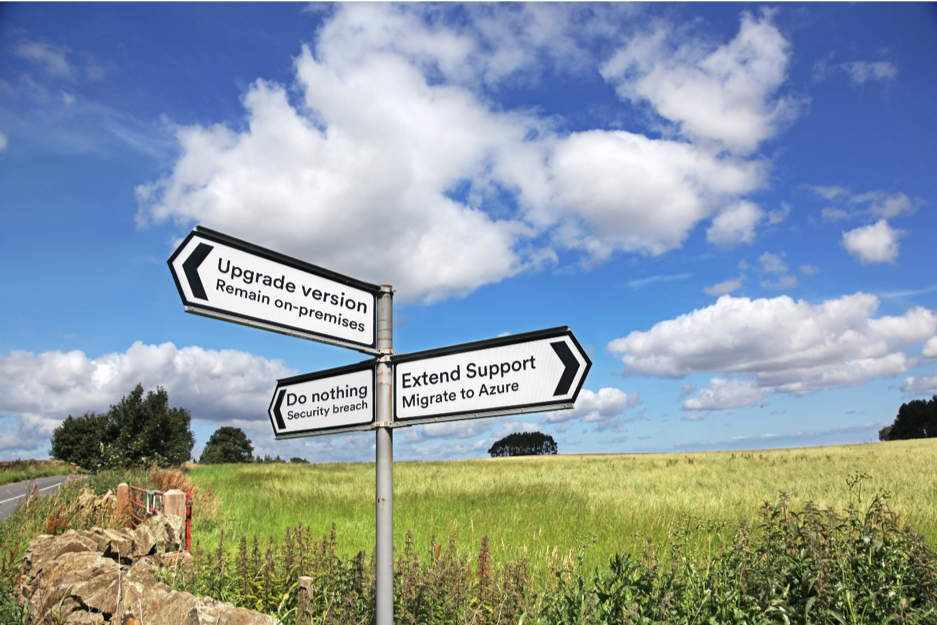Windows and SQL Server 2008 end of support: what happens if you do nothing?

Almost 30,000 companies operate on Windows Server 2008 today, with 140,000 still using Microsoft SQL Server 2008.
But 2008 was more than a decade ago. Spotify and Airbnb had only just launched, and the iPhone was less than a year old. Sure, Windows Server and SQL Server 2008 provided a great foundation for businesses looking to deploy multiple technologies, but it’s outdated now. After all, how many people still use the first-generation iPhone?
For many organisations, it’s time to shake hands, say goodbye and modernise their business servers. One way or another, your business will have to update, or you’ll put your entire operation at risk.
Here’s what’ll happen if you don’t adapt.
Say goodbye to regular security updates
End-of-life support means an end to regular security updates, which will leave your business vulnerable to attacks. Considering there are an estimated 65,000 attempted cyber-attacks on businesses in the U.K. every day, you can’t ignore the ever-growing threat to personal data.
You certainly can’t operate without state-of-the-art measures to keep your data safe.
Say goodbye to compliance and governance
On the back of security updates is compliance. Without regular updates on Windows and SQL Server 2008, your business will quickly fall short of the new GDPR and the Data Protection Act 2018. And we all remember how much work it took to get compliant, don’t we?
Moving your workloads from on-premises to Azure and updating your servers will mean that your business can remain agile and compliant with regulations, regardless of how rigorous they become. And given that Microsoft is spending more than $1 billion a year on cybersecurity research, it’s safe to assume that there’s more regulation to come.
Say goodbye to all that efficiency
That’s right. With an end to support comes an end to effective performance, too. This change has a knock-on effect across your entire business. If you fail to update, there’s a good chance you’ll experience slower workloads, more glitches and, with time, broken technologies.
That’ll mean inefficient business processes, a slower time-to-market and a poor customer experience. Woof.
We won’t let you do it to yourself
Migrating your workloads to the cloud and onto an entirely new server is no easy feat. Although Windows Server 2008 support is due to end on 14th January 2020, it’s important to get ahead of the race and plan your migration now.
Cloud Direct’s End of Support Assessment Package will give you the transparency you need to make an informed decision about your migration. We’ll review your existing 2008 Servers and explain the best way your business can handle a migration.
We’ll also help you achieve secure, scalable growth with Azure Scaffold, providing you with the framework to deploy Azure as effectively and efficiently as possible.
By modernising your IT systems and migrating to Azure, your business can unlock the potential it needs to remain competitive, increase its agility and ultimately, push forward with business growth.
Dates for your diary
SQL Server 2008/2008 R2 End of Support: 9th July 2019
Windows Server 2008/2008 R2 End of Support: 14th January 2020


